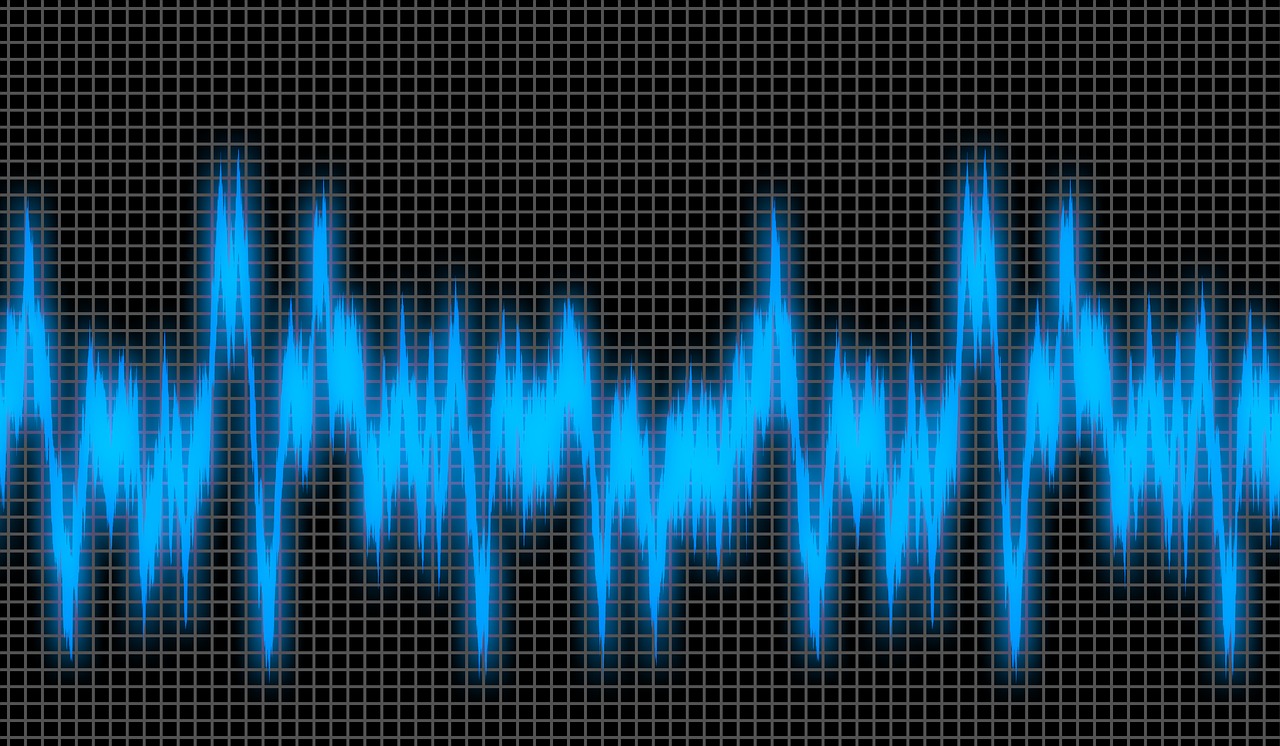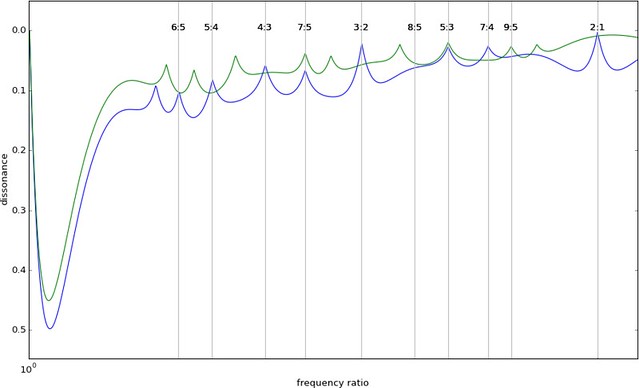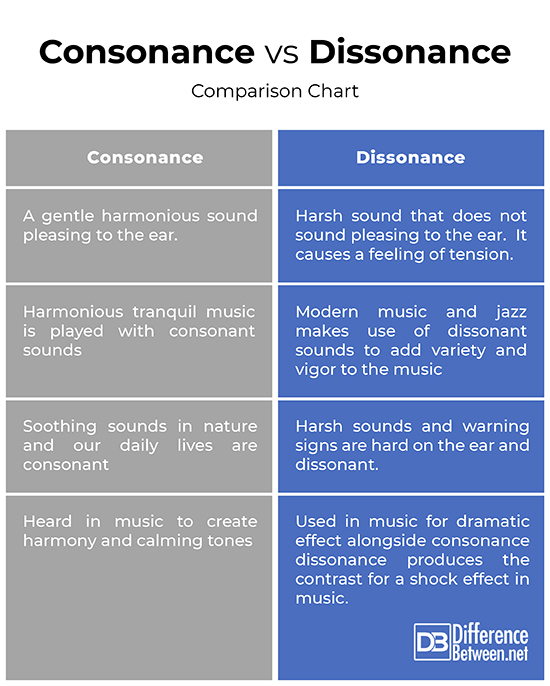Difference Between Consonance and Dissonance
We are surrounded by sounds in our daily lives. The sounds we hear can be part of nature or composed in a literary or musical sense. Consonance and dissonance refers to two different aspects of sound and the way we respond to them. Consonance is harmonious and pleasing to the ear. Dissonance, on the other hand, gives a jarring, harsh sound sensation and causes a sense of disharmony. It creates dramatic interludes or times of anxiety during a piece of music or poetry. Musically the two forms of sound can be offset against one another and create exciting music or sound awareness. The creative writer or musician may use these techniques to create different moods or different responses to the literary or musical piece performed. Although at first they may seem opposite in meaning the two concepts may compliment one another.
What is Consonance?
Consonance is the harmonious aspect of these two words. It is made up of agreeable intervals in music. The sounds produced fit together and evoke a feeling of relaxation. In musical terms major and minor triads are considered consonant. These sounds seem stable and produce a sense of relaxation. Consonance can refer to poetic or prose forms of writing. The use of this form of expression produces the relaxed and harmonious style the writer is trying to portray. Consonance makes use of consonant sounds and is similar to alliteration.
For example: chuckle, fickle and kick have all made use of the ck sound.
Rap songs use consonance effectively with some of their lyrics. Zealots, by Fugees says:
“Rap rejects my tape deck, ejects projectile,
Whether Jew or gentile, rank top percentile.”
The use of consonance adds a lyrical tone to the writing, especially poetry.
What role does consonance play in our lives?
- Consonance is part of nature and the sounds we enjoy. Gentle lapping of waves, softly falling rain, gentle birdsong and so on. Sounds that make us feel good.
- Consonance is part of a musical score that is pleasing to our ears, harmonious.
- Consonance in poetry and prose is easy to read and pleasant to listen to.
- Consonance brings back peace and harmony after a dramatic part of a musical. Consonance breaks the tension in the piece of music.
What is Dissonance?
Dissonance is the tension or the dramatic clash of sound in a creative piece of music. Dissonance does not bring harmony to a piece of music. The sound waves produced by dissonance can produce feelings of tension. Dissonance is used to bring out the drama in a play or film. Listen to musical scores from scary movies or dramatic parts of a movie and there will be evidence of dissonance. This kind of sound adds to the tension of the movie. Dissonance is the opposite of assonance and creates a cacophony of sound either in the choice of words or the sounds played in a musical piece. Dissonance in nature makes us aware of something dramatic like thunder giving rise to a storm or sirens and whistles that alert us to danger and difficult situations. Composers of modern music and jazz use dissonance for effect in their compositions.
What role does dissonance play in our lives? Harmony.
- Dissonance alerts us to a warning sound or alarm.
- Dissonance is a harsh sound in a musical piece often used to clash with the general theme of the music. After dissonance comes consonance and a return to a sense of relief and harmony after the dissonant notes.
- Dissonance brings about contrast in writing poetry and Prose. Harsh unusual words in a poem bring about a feeling of tension and disharmony. Poets with inner turmoil and anxiety may use dissonance in their work.
- There are physiological reasons for the dislike of dissonant sounds. This is due to the fact that two tonnes close to one another create a ‘rattling’ sound or roughness, a frequency of sound that the brain does not enjoy.
- Allocultural music, the music of other cultures, can often have a dissonant tone because of different cultural traditions and the use of different instruments. This is open to interpretation as the culture and its instruments determine the style of the music.
Differences between Consonance and Dissonance
In musical composition:
The terms consonance and dissonance add variety to musical compositions. Dissonance brings the discord or tension to the composition while consonance is the harmonious side to the music. Jazz musicians and more modern composers enjoy using dissonance to bring contrast to pieces of music. Appreciation of dissonance in music is very subjective and not everyone enjoys the harsh sounds brought about by dissonance.
In listening to music:
Appreciation of music is dependent on individual choice and cultural background. The introduction of dissonance may cause tension in the music and although this tension is released by the consonance following the dissonance this form of music is not appreciated by every listener. The jazz musicians make full use of dissonance in their style of music.
In poetry:
The lyrical attributes of poetry contain variations of consonance and dissonance as tonal values of words and their sounds are used to create the rhymes and the style of the poems. Consonant sounds and rhyming words come together to produce poems.
In our day to day lives:
We are surrounded by sounds. Sounds of nature can be consonant or dissonant. The screech of an owl will resonate harshly while the coo of a dove has a consonant tone and is harmonious and relaxing. Warning alarms and sirens sound hard on the ear and are designed to alert the listener to danger. These sounds are dissonant.
Consonance vs. Dissonance: Comparison Chart
Summary of Consonance vs. Dissonance:
- Consonance and dissonance define sounds we hear around us on a daily basis. Sounds of nature, music, speech and sounds of the city. If we take the time to listen to sounds we will soon be able to discern the different sounds in these categories and understand their effect on music and poetry.
- Musical compositions use consonance and dissonance to bring character and contrast to the musical score. Different instruments and styles of music lend themselves to the qualities of consonance or dissonance in their presentation. Modern music and jazz sounds make more use of dissonance as modern composers become more bold with the use of different tomes in music. Allocultural music can have dissonant sounds associated with cultural instruments and to some these sound dissonant. Views on music through cultural eyes can become very biased by the members of the culture or by outsiders. Choice of music and the arts is always a matter of opinion
- Poetry and prose causing an alarming effect or portraying signs of turmoil will make good use of dissonance through the choice of words and sounds that alert the reader to something dramatic. Playing with different sounds or using harsh words in a poem adds drama and tension to the poem or a piece of prose..
- Background music or the musical score for stage and film productions makes good use of the effect of dissonance. It plays on the nerves of the viewer and through dramatic clashing sound the viewer is alerted to something untoward that may happen. Characters and particular places in a drama may have different music as the viewer experiences these situations. For example a graveyard scene would not have the same musical background as a funfair or happy birthday event. The music using consonance or dissonance sets the scene.
- Creatively both consonance and dissonance add value to work using sound as its medium. The dramatic effects of harmony or disharmony are conveyed through the sounds and bring out the mood associated with these qualities. Sudden surprise elements and a sense of tension is best described through the use of dissonance. Relaxed mood and gentle rhythms flow from the enjoyment of consonance.
- Difference Between Lagoon and Bay - October 20, 2021
- Difference Between Futurism and Preterism - August 12, 2021
- Difference Between Dichotomy and Paradox - August 7, 2021
Search DifferenceBetween.net :
Leave a Response
References :
[0]Musical team writers. www.musical.u.com/learn-consonance-disonnance July 26th 2016 learn about consonance and dissonance. Pub Easy ear Training LTD reviewed 30/05/2019
[1]Van Dillen Oscar. Www.oscarvandillen.com - Consonance and Dissonance. 23/05/2019 pub. Oscar Van Dillen Reviewed 02/06/2019
[2]Ball Philip. Www.nature.com/news. Why dissonant music strikes the wrong cord in the brain. 12/11/2012. pub.Springnature macmillan. Reviewed 30/05/2019
[3]Image credit: https://pixabay.com/de/illustrations/schallwelle-l%C3%A4rm-frequenz-3870974/
[4]Image credit: https://www.flickr.com/photos/omegatron/8642457603



